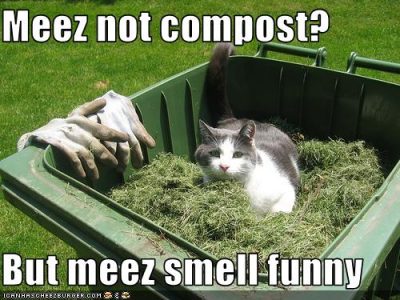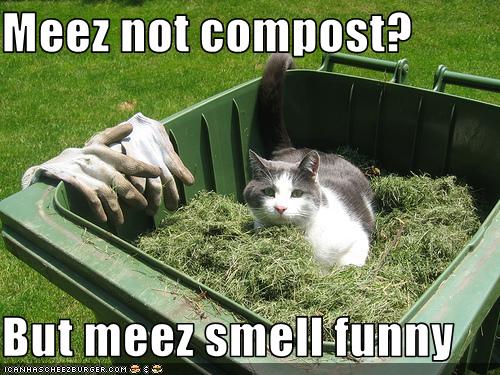
Give me a minute before you click on to the next article about Netanyahu’s latest comments or Anne Hathaway’s nuptials. I’m here to tell you a little about a quick and easy way to reduce your eco footprint even further. And it’s fun! If you already have a recycling bin in your kitchen and know your cardboards from your cans, then you’re ahead of the game. But there’s another exciting way to live sustainably: It’s called composting.
I like to think of the compost as the new landfill. We’ve all seen pictures of garbage dumps overflowing with plastic packaging, beaches littered with soda cans and cigarette butts, and heard about the giant swirling gyre of plastic in the middle of the Pacific Ocean. It’s on us to reduce our trash load. Fortunately, composting is a fun and simple way to do just that.
Composting is a local, sustainable, and easy way to help solve our global trash crisis. Compost bins help organic waste like food scraps and yard clippings break down into usable soil through natural decomposition. Really, it’s that simple. Rich soil needs decomposed nutrients. Guess what that banana peel you were about to bury in the trash is chock full of. You got it.
Or think of it this way: If you throw that browning banana peel in the trash, it will be trucked miles and miles to the nearest dump, get buried under layers of Styrofoam scraps and disposable diapers, and will take months to fully break down. On top of that, it will take up precious space in the landfill. But if you toss the same peel in your backyard compost heap, moisture, oxygen, and hungry microorganisms will help it decompose within several days. Rich soil. Better planet. It’s that simple!
Colleges across the country have begun implementing campus-wide composting programs. But even if your school doesn’t compost yet, you can start your own bin in the backyard. It’s this easy:
1) Find a receptacle. All great compost bins share two things in common: they let air in and keep rodents out. Compost bins are readily available for purchase online or at your local gardening store. Better yet, if you have some basic tools available, you can craft your own. Convert a large plastic trashcan into a green waste machine by slicing off the bottom with a saw or knife, then drilling three dozen or so quarter-inch holes into the sides. Sink the cylinder approximately nine inches into the ground, and voila! you’re ready to make dirt.
2) Know your greens from your browns. Like a great haircut, compost is all about layering. Every time you toss in a new batch of food scraps (the green), cover it with a layer of dried leaves, straw, or shredded paper, which will keep away fruit flies and help break down food scraps (the brown.) The general rule of thumb is to add two parts of “brown” waste for every one part of “green” waste, but don’t stress the measurements — composting is hardly an art of precision.
3) Don’t let your compost get thirsty. The moisture level in your compost bin should be similar to that of a squeezed-out wet sponge. It usually suffices to toss a little water on top every time you add a new layer, so long as you don’t let your bin get dried out. Similarly, it helps to give your compost a breather every week or two by using a pitchfork or shovel to turn over the contents of the bin. The extra oxygen will speed up the decomposition process.
4) The do’s and don’ts of compost. While your bin is hungry for fruit and vegetable scraps, eggshells, coffee grounds, and garden clippings, all that grows is not readily compostable. For example, save your meats, oils, large fruit pits, cacti and eucalyptus leaves for the landfill. And while horse manure is a great addition to any bin, keep your dog shit out of the compost, yo.
For a more in-depth list of the materials you can and cannot compost, refer to the EPA’s composting basics. And if you’re looking for something productive to do with all the dryer lint, dead starfish, and peat moss you’ve got lying around, check out PlanTea’s comprehensive list of 163 compatible items (Disclaimer: I have not tried many of these. Leather wallets? Somebody wanna test this out and let me know?)
6) Patience is a virtue. America’s largest garbage dump wasn’t built in a day, nor will your food scraps break down overnight. For the bin to fully transform into usable soil, expect to let it sit for nine months to a year. However, food scraps begin to break down as soon as you add them, leaving more room for new waste and allowing you to cut down on the garbage you send to the landfill.
For more info, check out this comprehensive guide: http://eartheasy.com/grow_compost.html,
Feel free to email us pics of your sexy compost bin. Winners will get re-posted!

